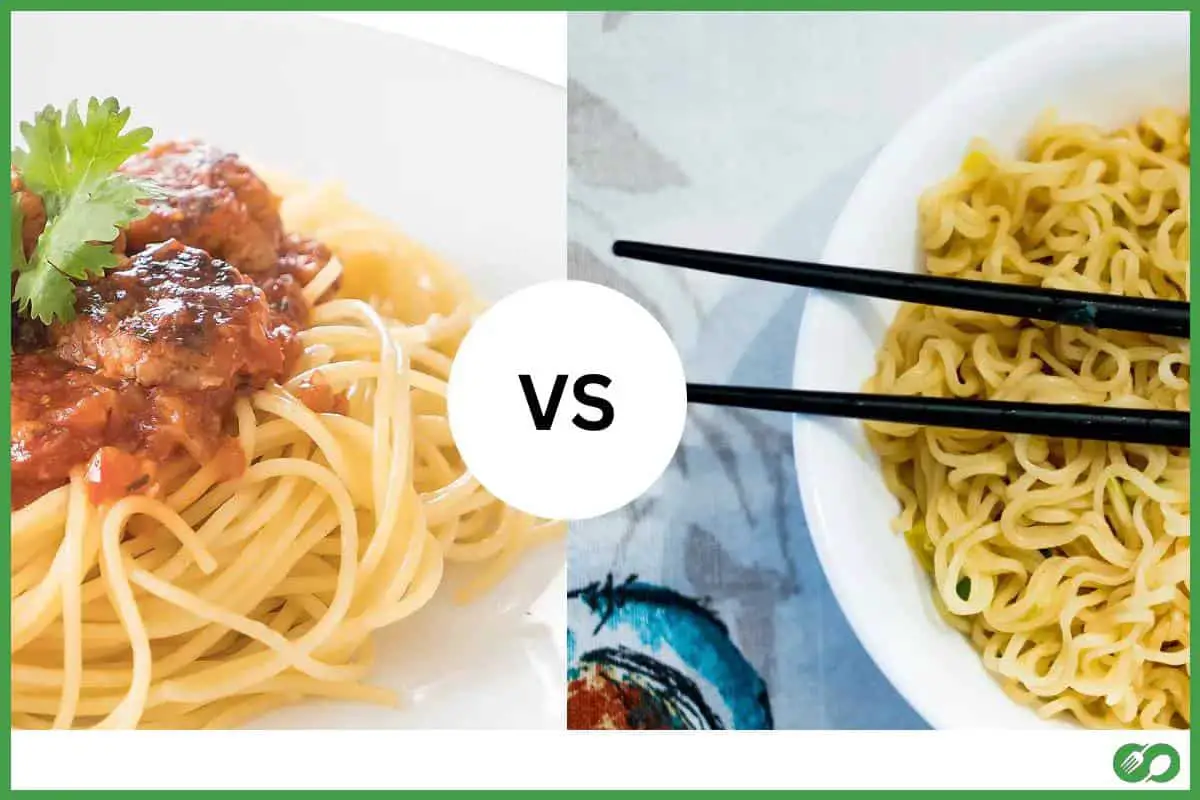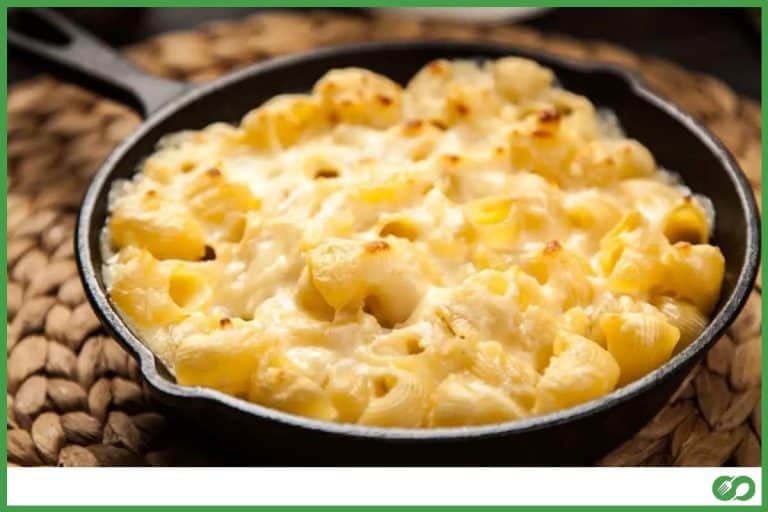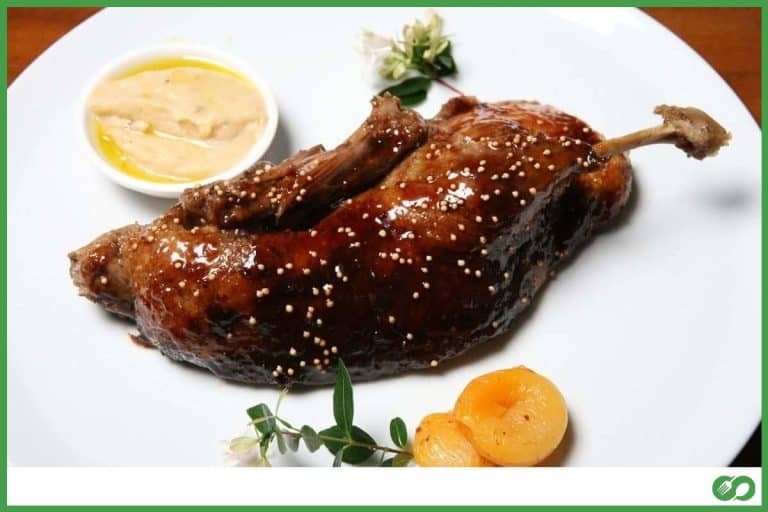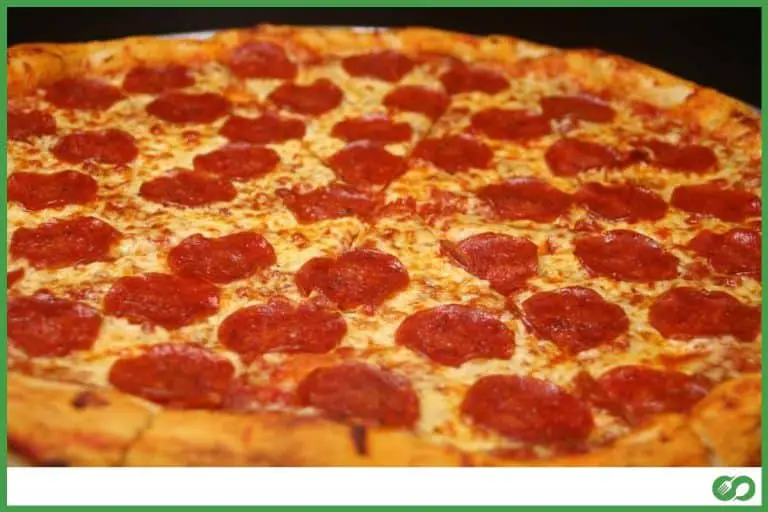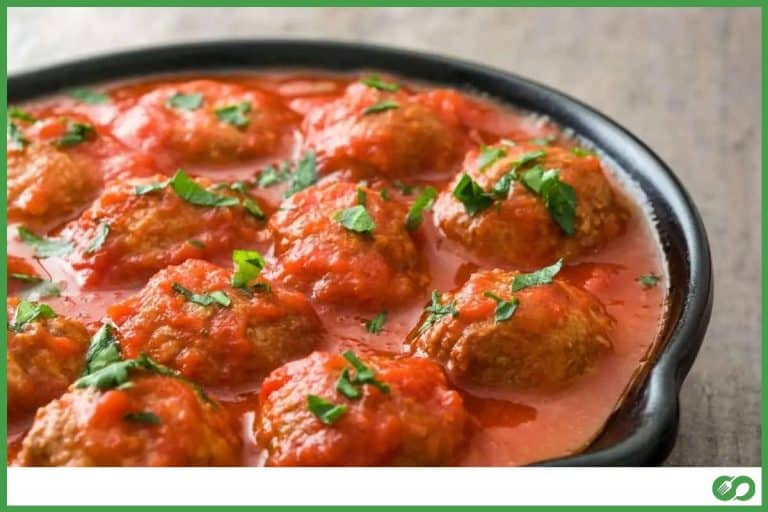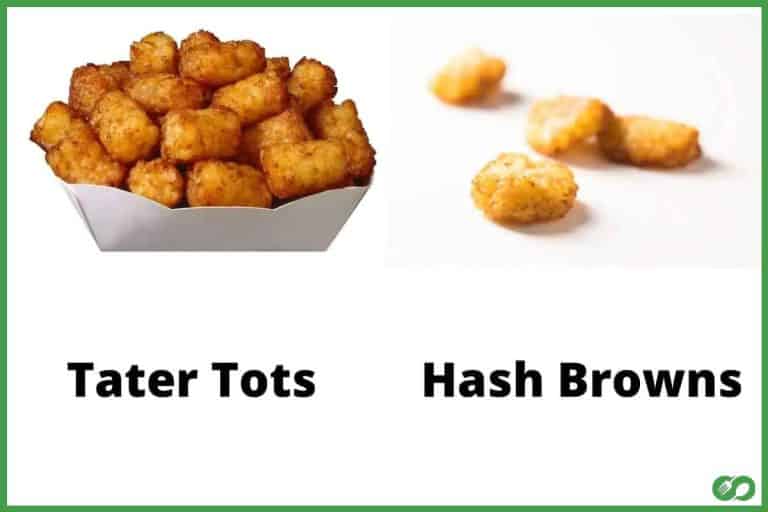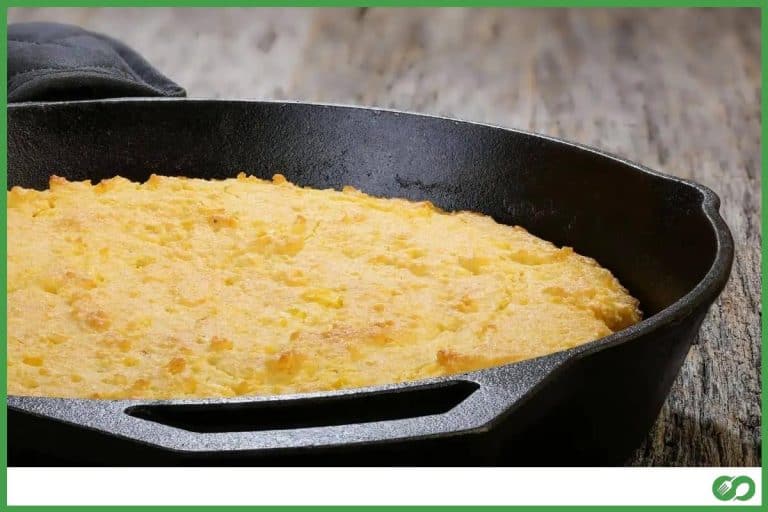Spaghetti vs Noodles (Here Are the Differences)
This post may contain affiliate links which means that, if you choose to make a purchase, I may earn a small commission at no extra cost to you.
Both spaghetti and noodles are common and popular ingredients/dishes that are consumed throughout the world. They are very similar in shape and overall appearance and that’s why I often wondered how they are different from each other. That made me dive into a rabbit hole and I guess you want to do the same since you clicked on this post.
Before we check out the similarities, differences, and origins of both pasta and noodles, here’s a helpful chart that shows their differences.
| Spaghetti | Noodles |
| A type of pasta that originated in Italy. | Originated in China. |
| Made from a softer type of wheat flour. | Made from the harder durum wheat that’s grounded into semolina to make spaghetti. |
| Has a thin, long, and cylindrical shape. | Comes in various shapes and sizes. |
| A significant component of Italian cuisine. | A traditional dish in several Asian countries. |
| Usually served with sauce | Served in different ways in different countries. It can be fried with veggies and protein, added to soup, drizzled in sauce, and more. |
| Fork is the preferred utensil. | Chopsticks are the preferred utensil. |
Origin
When it comes to the origin of any food that’s intrinsically linked to the culture and cuisine of various ethnicities and several nations, there’s a lot of debate, conflicting evidence, and hot opinions. I’ll try to stick to empirical facts and findings while keeping my biases to myself.
Noodles
The earliest mention of noodles was found in written records that date back to China’s East Han Dynasty (25 AD-220 AD). However, in 2005, archaeologists from Beijing’s Chinese Academy of Sciences reported the finding of 4000-year-old noodles in an earthen bowl at the Lajia archaeological site. While these noodles didn’t look like cylindrical strings of dough, they did resemble ‘lamian’, a common type of noodles consumed in northern China. It was determined that the noodles were made from millet and a grain indigenous to China.
Spaghetti
According to popular legend, Marco Polo brought noodles from the far east to Italy after his expedition in the late 13th century. However, boiled and fried cut sheets of dough have been mentioned in the writings of Horace, a Roman lyric poet during the time of Augustus, and in the Athenaeus of Naucratis from the second century. However, the earliest possible evidence of Italian pasta dates back to 400 BCE in an Etruscan tomb in Tuscany where tools and kitchen utensils that were believed to be for rolling and forming pasta were found.
Since the empirical evidence of noodles is older than that of pasta (spaghetti), it may have traveled from the east to the west via the silk route and may have been adopted by the locals in their own way. Otherwise, pulling dough or pushing it into strings and other shapes may have been a common path of progression of various civilizations. Noodles are also usually eaten with chopsticks in a bowl.
Cooking and eating method
While spaghetti and noodles may appear the same, they are made with different ingredients and are cooked a bit differently. The way you eat it is also quite different.
Noodles
Noodles are generally made from yeast-free wheat flour, eggs, and water. After the dough is kneaded, it is rolled, shaped, and cut or pulled into thick or thin strings to be boiled in water and then added to broth with other toppings or fried with other ingredients along with sauces and seasonings.
With noodles, usually common Asian ingredients like soy sauce, sesame oil, sambal, and other such items are used and it has strong Asian flavors. Noodle dishes usually don’t have dairy in them either. Perhaps it has something to do with most of Asia being lactose intolerant.
Spaghetti
On the other hand, spaghetti is a type of pasta that is usually made from a tougher variant of wheat, durum. That wheat is then turned into semolina and mixed with eggs and water to be turned into a dough. That dough is then pushed through a tool and turned into thin cylindrical strings.
Usually, spaghetti is boiled in salted water, drained, and then mixed with a sauce along with a few toppings. Due to its Italian or Mediterranean origin, ingredients like basil leaves, veggies, oregano, olive oil, and cheese are usually used for this dish. It’s usually served on a plate and eaten with a fork
Can I use spaghetti in a noodle dish and the other way around?
Since spaghetti is similar to noodles, both of them can be used as a substitute for the other. You can easily substitute noodles in many pasta dishes and use spaghetti in noodle dishes as long as it isn’t in a broth or soup. Either way, the texture would be a bit different.
Do noodles and pasta taste the same?
If both are made using traditional methods and ingredients, they taste the same. While durum wheat is a bit tougher, it doesn’t change the flavor profile of spaghetti significantly compared to noodles. However, when other ingredients are used, the taste and texture may differ radically.
Is spaghetti healthier than noodles?
When made from traditional ingredients, spaghetti is healthier than pasta since it has more fiber and protein. Spaghetti also has higher mineral content with more zinc, calcium, phosphorus, and eight times more iron than noodles. Both are rich in carbohydrates and are great sources of energy.
Conclusion
Spaghetti and noodles may have originated on opposite sides of the world or may have shared a long history over several thousands of years. While both are part of different cuisines, you should never shy away from mixing things up and trying out different recipes. When I make pasta dishes with soy sauce, my Italian friends stare daggers and hold me accountable for war crimes.
However, as the world gets more connected and globalized, different cultures come together, and ‘exotic’ ingredients from the other side of the world become a common item in the local supermarket, people are going to experiment with noodles, spaghetti, and other types of food. That’s the beauty of food. It’s always evolving.

